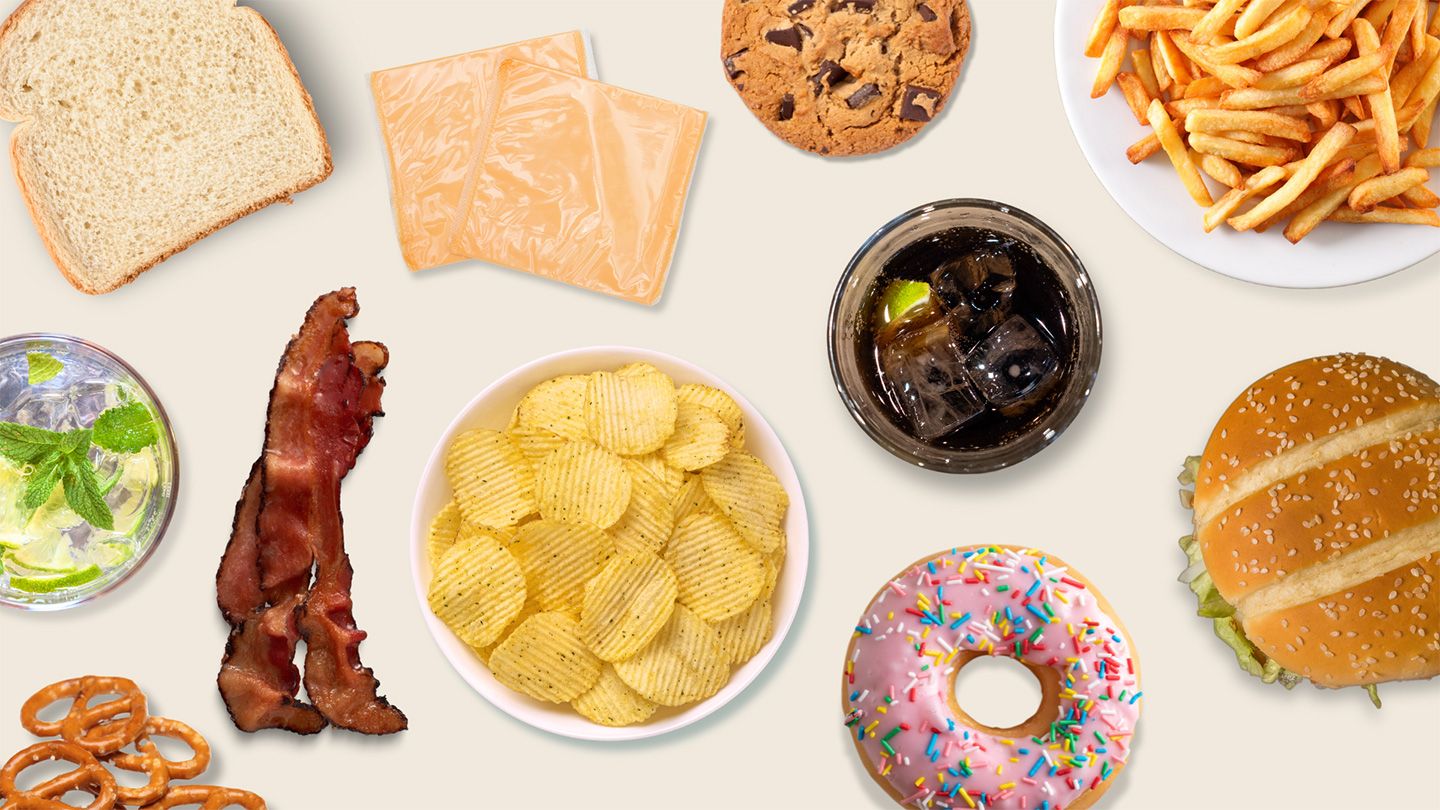The Nutritional Benefits of Kale Salad
Kale salad has become increasingly popular due to its stellar nutritional profile. As a leafy green vegetable, kale is packed with vitamins, minerals, fiber and antioxidants. Adding fresh kale to salads provides a major health boost along with beneficial phytochemicals to support wellness.
Vitamins and Minerals in Kale Salad
Some of the key vitamins and minerals offered in just one cup of chopped kale used in salads include:
- Vitamin A - 10% DV
- Vitamin C - 134% DV
- Vitamin K - 1,062% DV
- Vitamin B6 - 5% DV
- Folate - 5% DV
- Manganese - 26% DV
- Calcium - 9% DV
- Potassium - 9% DV
Powerful Antioxidants
In addition to vitamins and minerals, kale salad provides beneficial plant compounds like quilercetin and kaempferol which act as antioxidants to combat free radicals and oxidative stress.
Adding Nutrient-Dense Ingredients to Kale Salad
While kale itself delivers exceptional nutrition, pairing it with other superfoods in salad takes its benefits to the next level. Some tasty, healthy add-ins include:
Fresh Fruits
Fruits like pomegranate seeds, chopped apple, strawberries, blueberries, mango, and orange segments supply additional vitamins, minerals and plant compounds.
Healthy Fats
Adding small amounts of nuts like walnuts or seeds like chia or pumpkin provides inflammation-fighting omega-3’s along with protein and fiber to balance the salad macros.
Lean Proteins
Topping a kale salad with grilled chicken, salmon, tofu, chickpeas, lentils or egg boosts satiating protein to help you stay fuller longer while adding key amino acids.
Tangy Cheeses
Sprinkling sharp cheddar, feta, parmesan or goat cheese increases flavor, calcium, protein and valuable probiotics to enhance digestion.
Ancient Grains
Quinoa, farro, buckwheat and millet add whole grains along with B vitamins, iron, magnesium and antioxidant compounds to raise the nutrient quotient.
Selecting the Healthiest Kale for Salads
While most varieties of kale offer stellar nutrition, some types provide unique benefits:
Curly Green Kale
With ruffled leaves, this is the most commonly available variety providing vitamins K, A, C along with cancer-fighting sulforaphane and valuable chlorophyll.
Redbor Kale
Delivering quintessential kale flavor with dark red-tinged leaves, redbor is exceptionally high in vitamins C, A, K along with important antioxidants like cyanidin and delphinidin to reduce inflammation.
Lacinato or Dinosaur Kale
This dark blue-green type has a more delicate flavor. High glucosinolates promote detoxification while iron and B-vitamins support blood health.
Siberian Kale
Thriving in frigid climates, Siberian kale withstands colder weather delivering robust flavor with high fiber for digestive health and chlorophyll for cleansing vital organs.
Choosing the Best Dressings for Nutrient Absorption
Without fat, key carotenoids and vitamins in kale salads aren't properly absorbed by the body. Choose dressings with healthy fats to maximize nutrient intake such as:
Extra Virgin Olive Oil Vinaigrettes
Olive oil-based dressings supply heart-healthy monounsaturated fats that enable carotenoid uptake for optimal nutrition. Balsamic, red wine, lemon or herb-infused varieties add big flavor.
Tahini or Sesame Dressings
Smooth, savory tahini dressings made from blended sesame paste, lemon juice, garlic and herbs provide essential fatty acids for vitamins A, K, and C absorption from fresh kale.
Avocado Vinaigrettes
Creamy avocado-based dressings offer anti-inflammatory benefits along with oleic fatty acids enabling the body to access more phytochemicals in vibrant kales.
Nut or Seed Oil Dressings
Walnut, flax, hemp and pumpkin seed oils deliver ALA omega-3’s critical for nutrient uptake while adding nutty flavors.
Preparation Tips for Healthy Kale Salad
Proper preparation unlocks kale’s exceptional nutrition. Best practices include:
Rinse and Dry Thoroughly
Rinsing kale under cold water prevents dirt or contaminants while patting leaves very dry prevents soggy salads and evenly distributes dressings.
Remove Tough Stems
Strip out the difficult fibrous stems running through kale leaves which can be unpleasant to bite into. The tender leaf can be sliced into ribbons or chopped.
Knead Leaves
Massaging and crushing leaves helps break down plant cell walls allowing kale’s nutrients to be released more easily during digestion for better absorption.
Add Acidic Dressings
Vinaigrettes with lemon juice, vinegar or other acids help soften kale’s thick texture quickly via the acidic marinating process of tenderization.
Let Sit Before Serving
Allow dressed kale salads to rest 5+ minutes before eating so flavors combine and leaves slightly tenderize for the best mouthfeel and taste.
Potential Concerns with Raw Kale Consumption
While extremely healthy, raw kale does come with few cautions for certain individuals:
Thyroid Issues
Very high amounts of cruciferous vegetables may negatively impact thyroid function in those with existing hypothyroidism. Light cooking deactivates goitrogens.
Kidney Stones
For those prone to developing kidney stones, excess oxalates in leafy greens may pose risks although kale has lower total oxalate levels than spinach.
Blood Clotting Problems
Individuals on blood thinners should keep kale intake consistent since fluctuating high vitamin K levels can disrupt medication effectiveness.
Overall, enjoying kale salads within recommended vegetable intake guidelines positively benefits health for most populations looking to harness exceptional nutrition from this humble leafy green.
FAQs
What are some of the main nutrients in kale salad?
Key vitamins and minerals provided in one cup of chopped kale salad include vitamin K, vitamin A, vitamin C, manganese, folate, B6, calcium and potassium. Kale salads also provide beneficial antioxidants like quercetin, chlorophyll and kaempferol.
What ingredients boost the nutrition of kale salad?
Adding fruits, healthy fats like nuts/seeds/avocado, lean proteins such as chicken or fish, probiotic-rich cheeses, and whole grains elevate the nutritional quality of kale salads.
What are the benefits of massaging kale salad?
Kneading and crushing the kale leaves helps break down plant cell walls so nutrients are released more effectively during digestion for improved nutrient absorption.
What dressing helps with kale salad nutrition?
Using olive oil, tahini, avocado or nut/seed oil based dressings ensure the healthy fats needed to properly absorb fat-soluble vitamins A, K, E and carotenoids from the raw kale leaves.
Disclaimer: This article is for informational purposes only and does not constitute medical advice. Always consult with a healthcare professional before starting any new treatment regimen.
Related Coverage
Savannah James embraced the keto diet, leading to remarkable weight loss. Discover her balanced approach, challenges, and the impact of her inspiring transformation....
Learn about the POTS diet for increasing fluid, salt intake and recipes that help control fainting, dizziness episodes. Get tips for staying hydrated plus lifestyle changes that improve symptoms....
Learn about the science behind ketogenic diets, their potential weight loss and health benefits, risks to monitor, and the best keto diet books for guidance....
Learn how to make satisfying keto grinder sandwiches with this guide. Includes keto grinder recipes, ingredients, cooking tips, and FAQs to make the perfect high-fat sandwich....
Butter from grass-fed cows contains more healthy fats and nutrients to fuel low carb and keto diets. Learn how to choose quality butter and incorporate it....
Bananas are too high in carbs for keto, but some lower carb fruits can fit in moderation. Learn which to eat, which to avoid, plus get a full keto food guide....
Cottage cheese can fit into a ketogenic diet in moderation. This in-depth guide covers cottage cheese nutrition, benefits for keto, drawbacks, proper portioning, and healthy substitutes....
Discover the top 15 high-carb deli foods to avoid on keto, like bread, pasta salads, sugary drinks, and more. Get tips for low-carb swaps you can order instead....
Wondering which nut and seed butters are lowest in calories? We rank options from sunflower seed to pecan butter to help you make informed choices fitting your diet....
Learn how self-care and self-soothing differ. Discover tips for developing healthy self-care habits and routines that improve your overall well-being....









